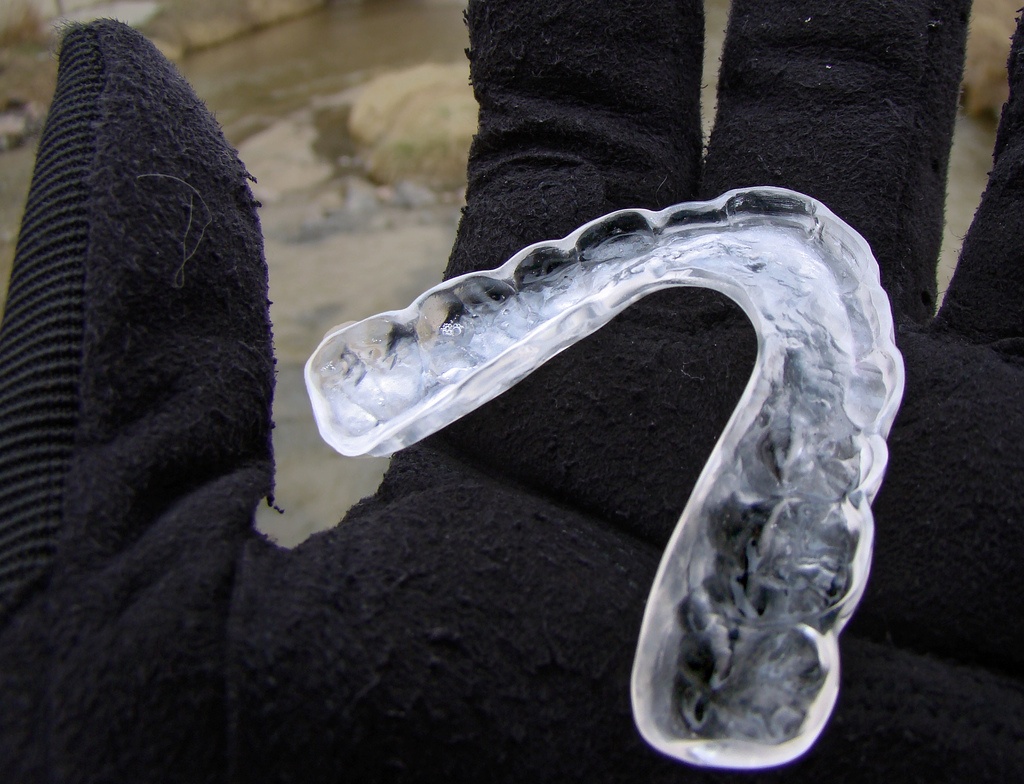There are two things finding deep grooves in an occlusal splint could mean.

The Splint is not properly adjusted.
So you always want to make sure that when somebody is wearing an occlusal orthotic that it is precisely adjusted to centric relation and that it has an anterior guidance on it. We like to have our anterior guidance ramps fairly shallow.
But the most important thing is that they have no ability to rub on the posterior aspect of the splint from second bicuspid back.
If you see grooves on the splint, first make sure that you haven’t created an occlusal interference in the orthotic because that can trigger some bruxing patterns.
Nocturnal Bruxing
The second thing it could mean, if the splint is adjusted properly, is you could just be dealing with a patient that falls in the category of having some sort of nocturnal bruxing habit. Dr. Dawson used to call them ‘Delta Face Bruxers’.
There’s still not a tremendous amount understood about these patients other than we know that with these patients, it is a central nervous system mediated type of phenomena. People are talking about it being related to sleep disorders as well.
The bottom line is, if you’ve got a perfectly adjusted occlusion and they are grinding the heck out of the appliance, then this is an indication to keep the patient in that orthotic indefinitely.


